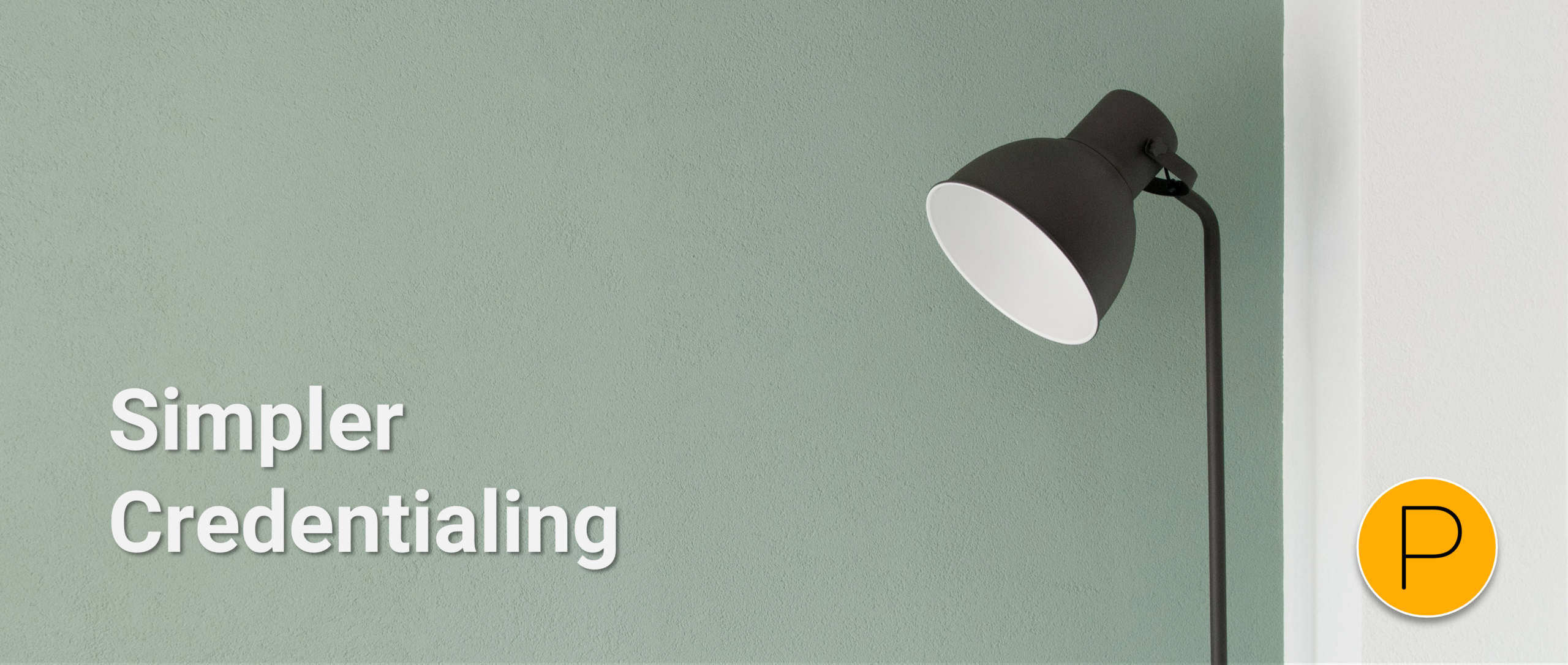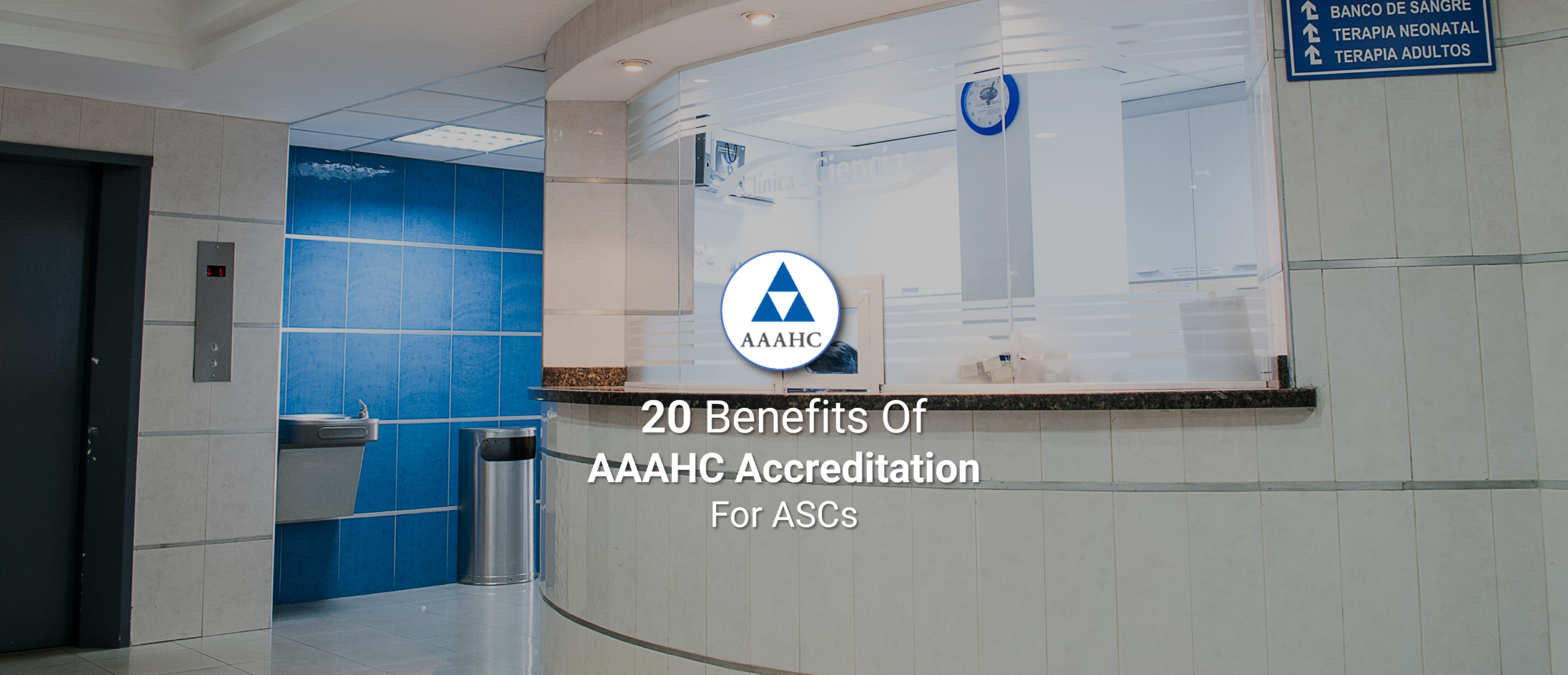Healthcare providers have an extensive list of tasks to complete before they can be enrolled in health plans and networks. New working relationships can benefit the provider’s payor enrollment and revenue cycle. However, forging these relationships can take time away from a provider’s primary duty: to care for their patients.
Delegated provider enrollment is one of the quickest ways to activate the revenue cycle. What is delegated provider enrollment? Does it differ from delegated credentialing? Who can providers partner with to help facilitate enrollment? Delegated provider enrollment can be a perplexing ordeal. This article will address some of the process’s complexities while offering you a complete solution that all but eliminates the confusion.
Defining Delegated Credentialing and Delegated Provider Enrollment
Breaking down these definitions can help you better understand the core concepts.
What is Provider Enrollment?
Provider enrollment is when providers apply for and contract with health plans, networks, Medicare, and Medicaid. This multi-step procedure allows providers to receive payment for their services. Provider enrollment consists of 3 stages, each with its intricacies.
Stage 1: Credentialing
Credentialing can affirm that a provider is competent enough to tender treatment. Providers must undergo the painstaking chore before enrolling in a health plan or network option. Payors do not want negligent medical professionals on their plans. Medical malpractice can cost them a fortune in damages and litigation.
Credentialing can weed out providers considered unsuitable for treating patients, possibly reducing the number of patient injuries and deaths and subsequent claims and lawsuits.
Credentialing is not as easy as looking at a provider’s resume and license and giving them the go-ahead to practice medicine. Conventional credentialing involves completing about 52 actions before a file is ready for presentation. Any oversights resulting in missed steps or mistakes could see a poor provider allowed to treat and possibly harm patients.
Conventional credentialing includes the following tasks but is not limited to:
- Sending out, tracking, and receiving the provider application packet.
- Assessing medical malpractice claims history.
- Acquiring copies of government-issued photo ID, Malpractice, DEA, and CDS.
- Obtaining CPR, ACLS, and PALS certificate copies.
- Collecting TB, MMR, varicella, and flu vaccination records.
- Receiving an Allied Health Professional’s Supervising Physician’s Statement.
- Authenticating medical school internship, residency, fellowship, and affiliations.
- Getting state medical licensure.
- Obtaining professional peer references.
- Researching primary and out-of-state licenses for disciplinary actions.
- Obtaining a copy of the provider’s current certificate of insurance.
- Confirming any Medicare and Medicaid sanctions (OIG) and exclusions (SAM).
- Performing an extensive 10-year criminal background check.
- Running a National Practitioner Data Bank query.
Stage 2: Plan Application
Applying to plans sounds easy. However, each health plan has its application process. As with enrollment policies, applications vary based on state, plan, network, and practice area. Figuring out how to apply to certain ones can tax providers who do not have the time to review the various rules. Filling out the paperwork can eat even more time.
Stage 3: Contracting
At a certain point during the credentialing and plan application stages, the plan will send the provider a contract to review and sign. Once the provider approves the terms and signs the contract, the plan counter-signs the agreement. When credentialing is finished, the plan completes the loading process and sets a date the provider can begin accepting covered patients to begin billing. The same general process is repeated for each plan the provider applies to join.
What is Delegated Credentialing or Delegated Provider Enrollment?
Delegated provider enrollment, as practiced by Primoris Credentialing Network, utilizes delegated agreements with health plans and networks to expedite provider enrollment, simplifying the entire process for the provider and allowing them to bill sooner. In this case, the payor delegates the credentialing and health plan enrollment to Primoris Credentialing Network. We can complete the credentialing and enrollment of its member providers through a single process applied to multiple health plans, submitting and following up with the health plan(s) until the desired enrollment is attained.
Delegated contracts with 54+ health plans and networks allow us to use ONE application for enrollment with approximately 25 payors. This reduces the work providers must finish before they begin billing.
Is There a Difference Between Delegated Provider Enrollment and Delegated Credentialing?
To the layperson, delegated provider enrollment can be a complex affair. Further complicating things is the different terminology that describes the same concepts to the common ear. For instance, delegated credentialing is occasionally used alongside delegated provider enrollment. Do the phrases define the same activities?
Depending on whom you ask, they are technically not the same. Some online sources lump the terms together, while others attempt to differentiate them with varying success. Let us first remove the word delegated from the equation for our purposes. As previously mentioned, provider enrollment is a process that includes credentialing as one of its steps. Credentialing verifies a healthcare provider’s qualifications, certifications, licenses, and work history. Now, let us re-insert the word delegated.
According to the National Practitioner Data Bank (NPDB), “delegated credentialing occurs when a health care entity gives another health care entity the authority to credential its health care practitioners.”
The NPDB’s definition states that “delegated credentialing goes beyond credentials verification because the delegated health care entity is responsible for evaluating practitioners’ qualifications and making credentialing decisions on behalf of the delegating health care entity.”
One could determine this definition by reading that a delegated credentialing agreement involves making credentialing decisions instead of a conventional credentialing agreement that sees a credentialing committee make a recommendation and create a file to be presented. You can spend time deciphering the differences and similarities between delegated provider enrollment and delegated credentialing, but you should not get bogged down by semantics. If you need a delegated provider enrollment service with minimal complications, you should seek a company that excels in administrative simplicity.
Simplicity is Crucial
If you outsource your provider enrollment, you probably want to contend with less work, not more. Our aim here at Primoris Credentialing Network is to help improve provider enrollment for our members. We have combined experienced talent with innovative technology to create a better, more straightforward process for everyone. How do we accomplish this?
- We utilize our delegated agreements: We can apply to our delegated health plans and networks with one application, reducing providers’ paperwork to fill out and submit.
- We offer one point of contact: We give our members a single point of contact for all their credentialing needs. ONE email address and ONE phone number are all that are needed to stay connected. Our members do not have to play phone tag to get a hold of the right person.
- Our experienced team has a good history: Primoris Credentialing Network is the largest credentialing IPA network in the Midwest and one of the largest in the United States. We did not achieve our successes by talking about them. We are backed by 385+ years of combined industry experience. Our knowledgeable team has the expertise to develop and perfect the enrollment process.
- Our web portal provides members with powerful tools: The Primoris Credentialing Web Portal gives members easy access to their credentialing data files. Just one log-in allows them to enjoy the benefits of organized and accessible data. Members can access their information whenever they want. They can even give multiple administrators unique log-ins with custom permissions. Members might not even need to contact their Primoris point of contact when they have all the tools at their fingertips.
Administrative simplicity is just one of our strengths. The growing number of delegated health plans and networks we have teamed with can have you beginning billing in practically no time.
The Power of Delegated Provider Enrollment
Delegation from health plans can be challenging to achieve. It can take a high volume of providers, years of proven quality, detailed policies and procedures, and the ability to pass stringent audits every year. The results can make all of the challenging work worth it.
Delegating provider enrollment can:
- Reduce the turnaround time for network participation.
- Help manage a significant volume of providers.
- Reduce resources.
- Accommodate network growth.
- Speed up reimbursements from payors.
- Increase practitioner satisfaction.
It bears repeating that delegating also allows us to add a provider to multiple health plans at once via one application, which is typically quicker than the traditional enrollment method. Without delegation, the conventional process involves sending an application to each health plan individually. We make the power of delegated provider enrollment work for you.
Our delegated enrollment options include the following:
- Aetna
- Beech Street
- Evolutions Healthcare Systems
- First Health
- Fortified Provider Network
- Galaxy Health Network
- Humana
- Longevity Health Plan
- Prime Health Services
- United Healthcare
- And many more
What About Non-Delegated Provider Enrollment?
Primoris Credentialing Network does not ignore providers seeking to enroll in non-delegated plans. Our non-delegated agreements with BCBS, Community Care, Medicare, and many others allow us to deliver faster processing speed for credentialing and health plan enrollment for our members. No matter the circumstances, we can help providers quickly enroll in plans that best fit their needs.
Our non-delegated, entirely administered provider enrollment options include:
- BlueCross BlueShield of Oklahoma
- Cigna
- Indian Health Service
- Medicare
- Oklahoma Corrections
- Oklahoma Rehabilitation Services
- Preferred Community Choice PPO
- TriWest Healthcare Alliance
- U.S. Department of Veterans Affairs – Veterans Health Administration
- And more
Why You Should Outsource Provider Enrollment
- Reduce credentialing and enrollment mistakes: Any errors during the vital credentialing and enrollment processes can delay billing. With too much work and insufficient time, office staff might rush through both methods. Provider enrollment requires diligence. One minor mistake can cost providers and their practices money. Outsourcing provider enrollment to a team devoted to the job can mitigate errors.
- Reduce staff and resource impacts: Office staff that performs provider enrollment generally cannot fulfill any other duties, especially if they want to be as accurate as possible. Their additional responsibilities could include revenue-generating tasks or extra time checking patients in and out.
- Increase patient service: Even the best team can find it challenging to offer an elevated level of performance on all fronts consistently. Primoris Credentialing Network focuses on provider enrollment. We can give you superior customer service that frees your office employees to provide your patients the same.
- Reduce office costs: Printing applications, mailing packets, and more use physical resources. Paper, postage, envelopes, and even electricity can add up. Practices that watch their bottom lines can reduce their material budgets when outsourcing provider enrollment.
- Increase control over the process: Delegating provider enrollment to a company that offers its members a secure web portal is mandatory in this digital age. People expect easy access to their data. They also expect their sensitive information to be protected from external forces. A web portal like Primoris can meet modern expectations while letting users track every provider enrollment step. Data privacy is a significant concern. So is accessibility. Primoris’ Web Portal can deliver results in both areas.
- Instill peace of mind: Giving someone else the heavy job of provider enrollment can reduce stress. Office staff can do what they are best suited for. Providers can administer care and bring in revenue. A stress-free environment can be a pleasant one that positively impacts everyone involved with health care.
Keep It Simple with Primoris

Provider enrollment can be unclear on its own. Adding different interpretations of the process only adds to the problem. Teaming with Primoris Credentialing Network helps ensure you receive comprehensive provider enrollment that you do not have to think much about. You can devote your energy to treating patients and not to decoding definitions.
More information about Primoris Credentialing Network
Primoris Credentialing Network is a NCQA Credentialing Accredited specializing in credentialing and provider enrollment with 54+ health plan and network provider enrollment options. Primoris is a family member of Fifth Avenue Healthcare Services. Sister companies include 5ACVO (credentialing and primary source verification specialists) and Fifth Avenue Agency (MPLI and medical malpractice specialists).
Primoris originally published this article here. For more information on Primoris Credentialing Network, please visit PrimorisCredentialingNetwork.com or Contact Us.

















